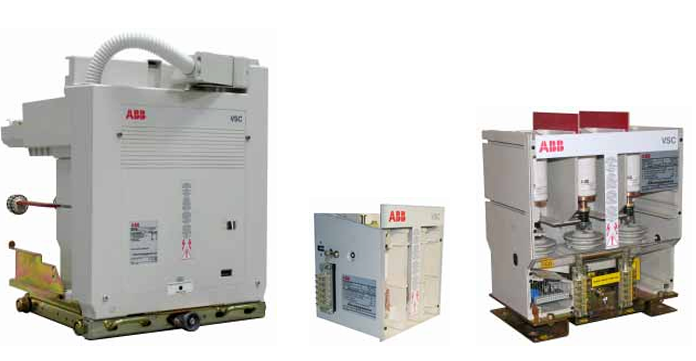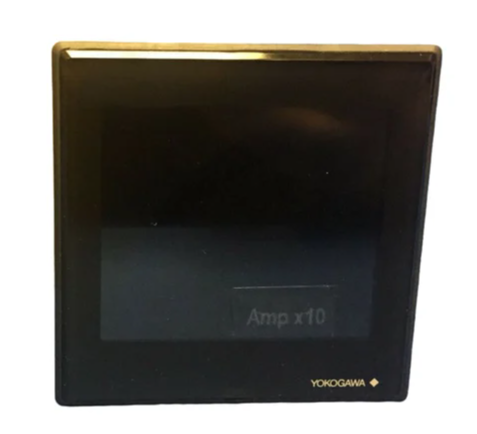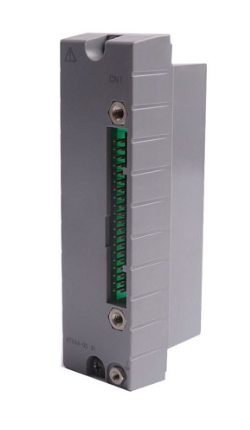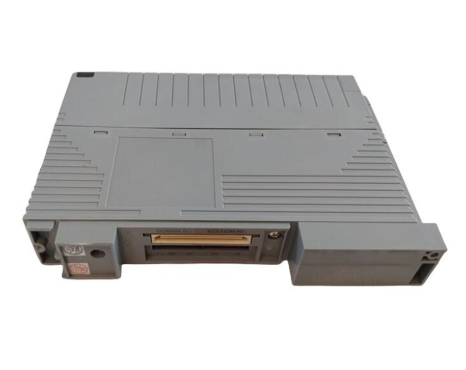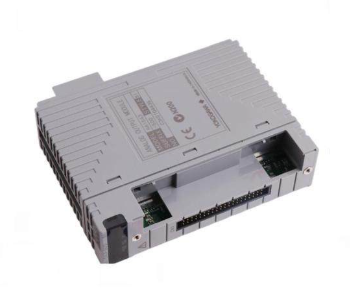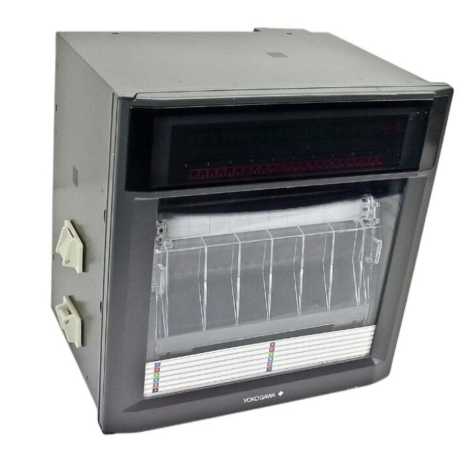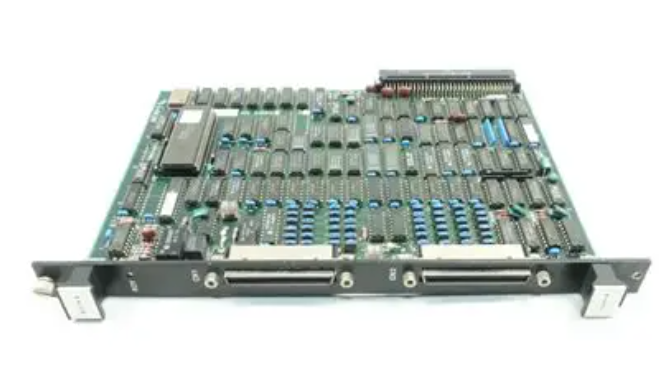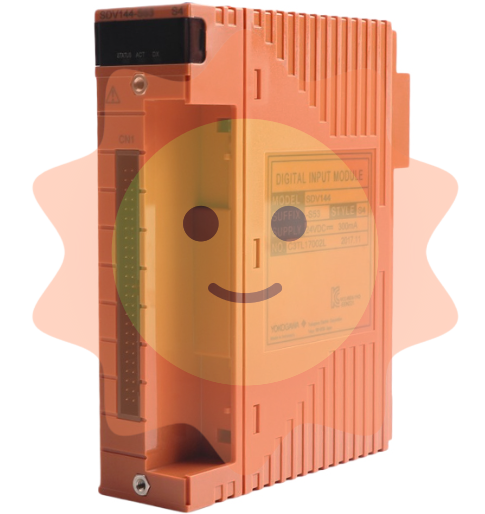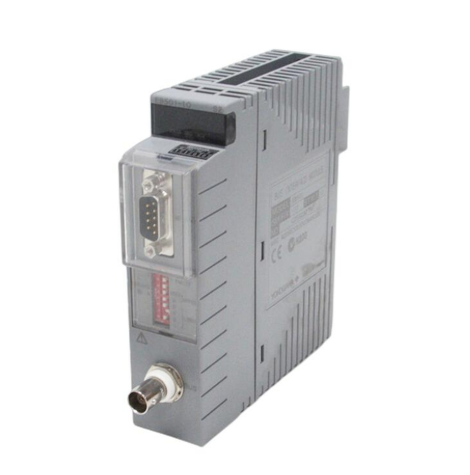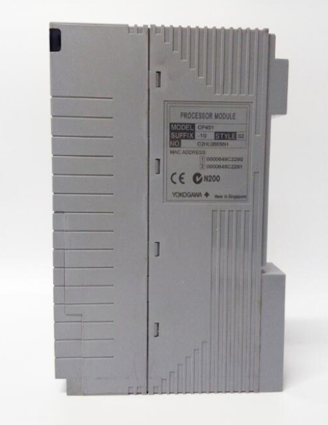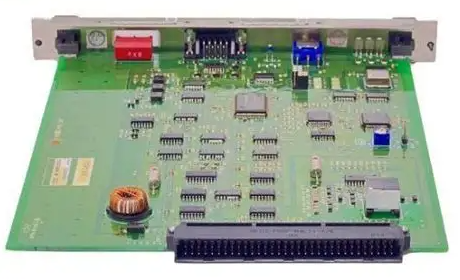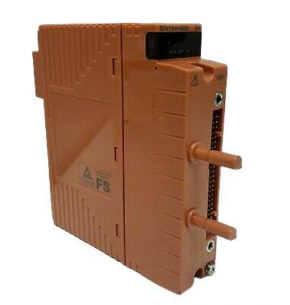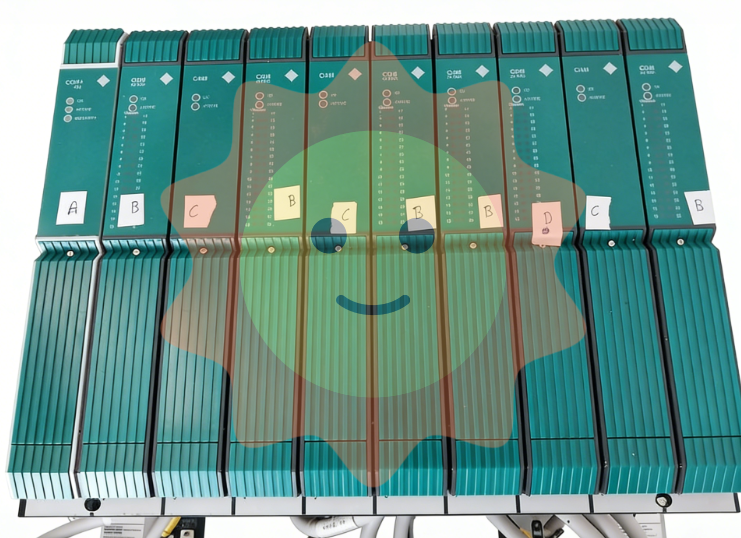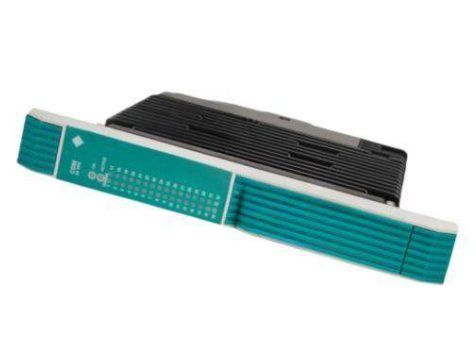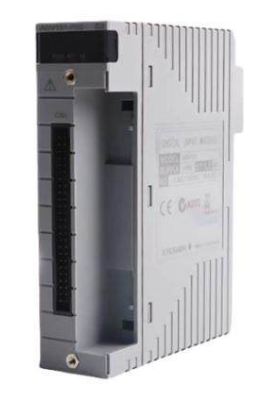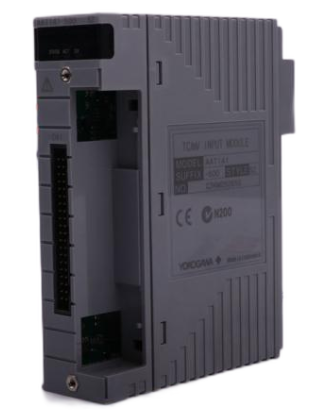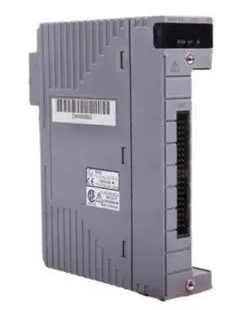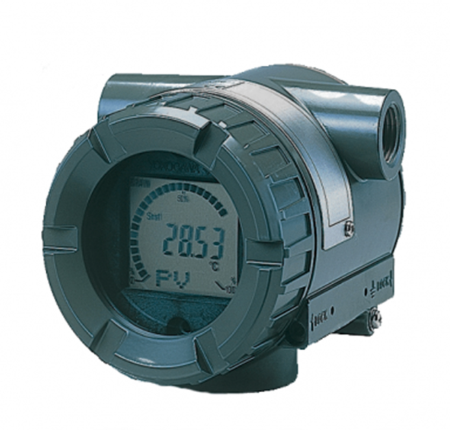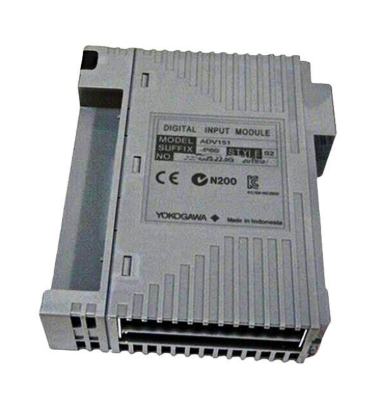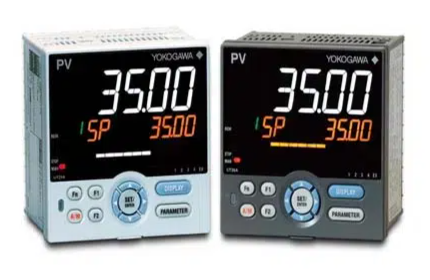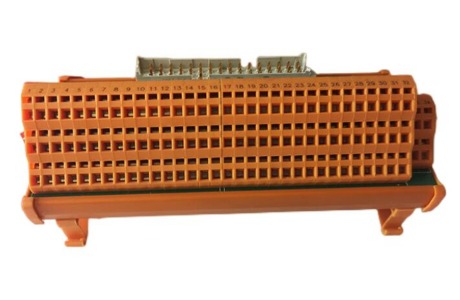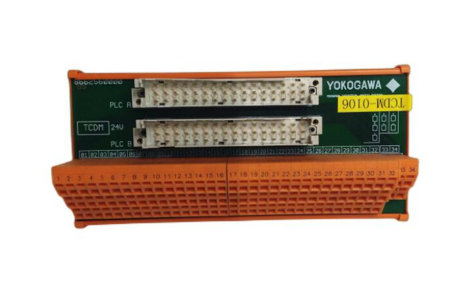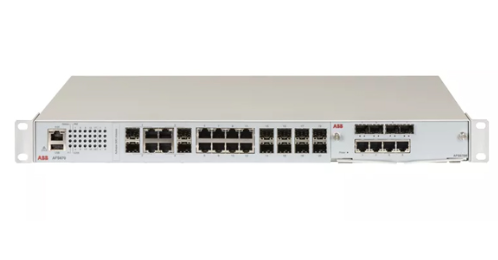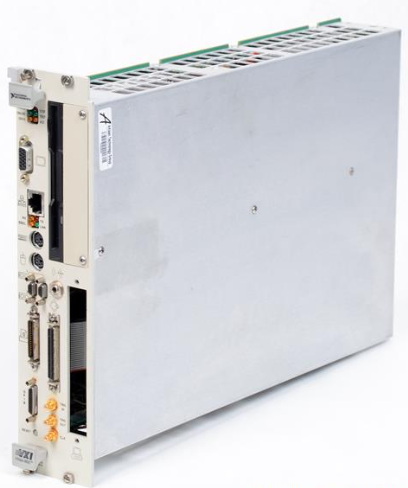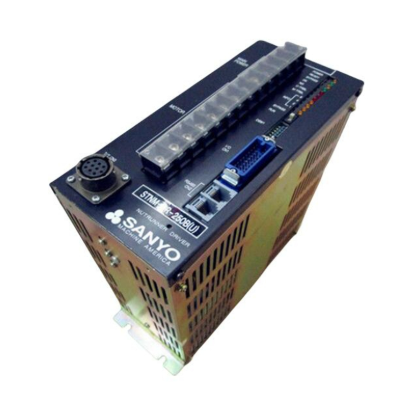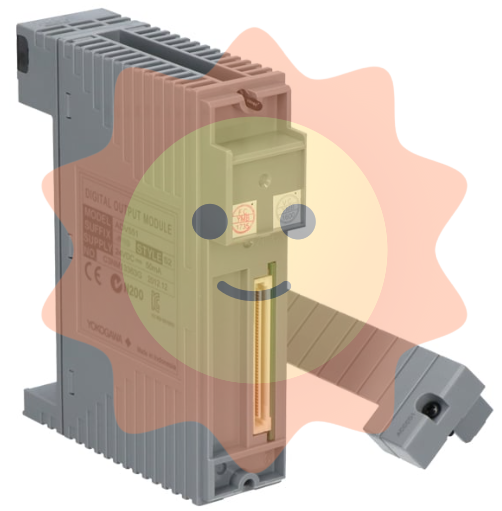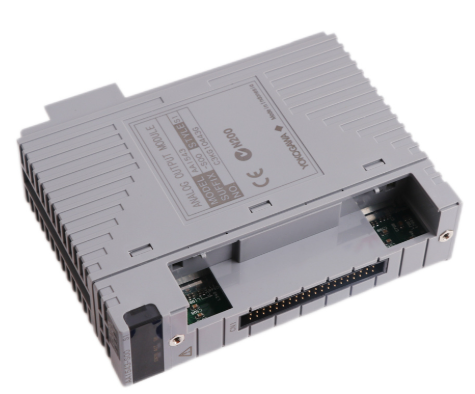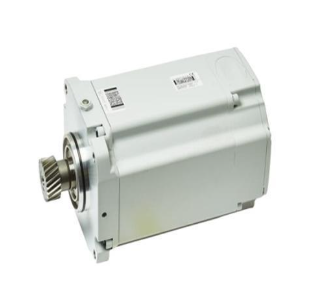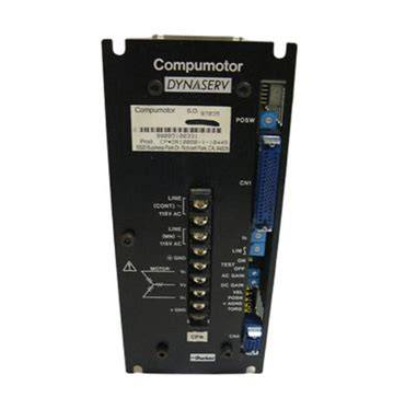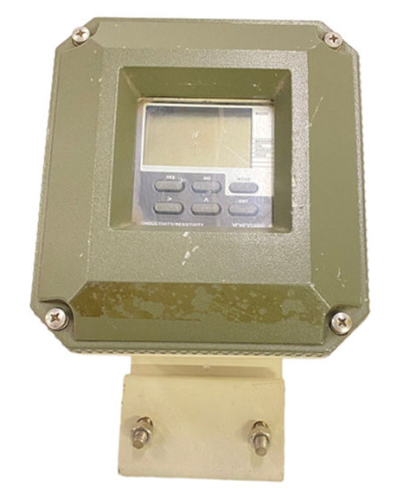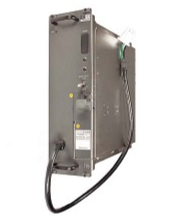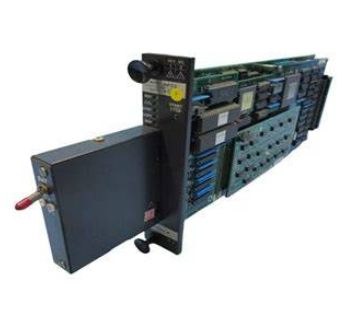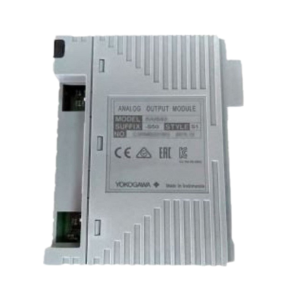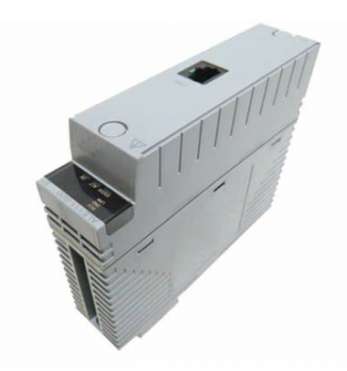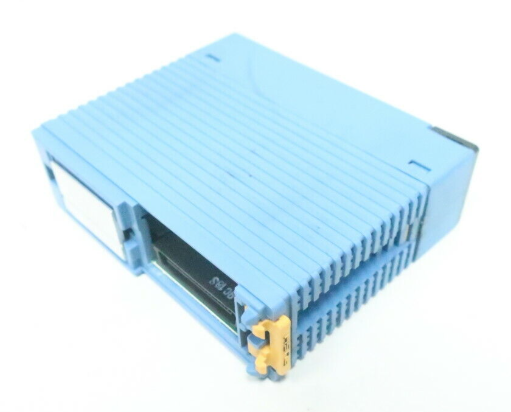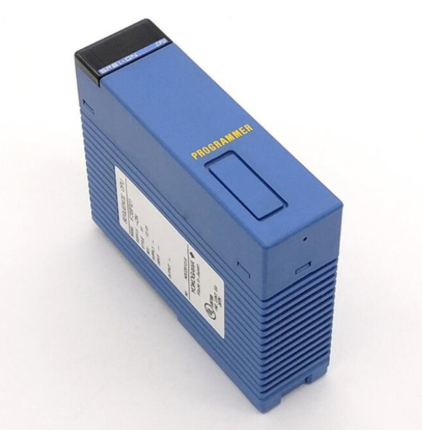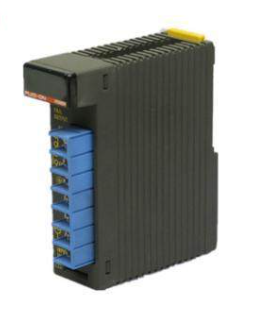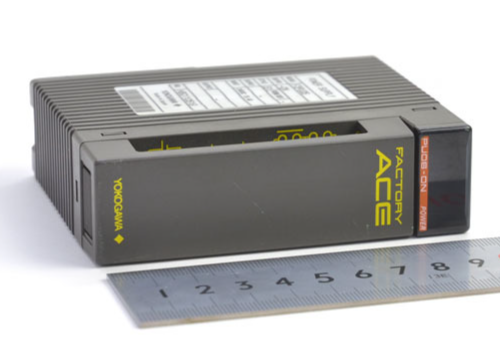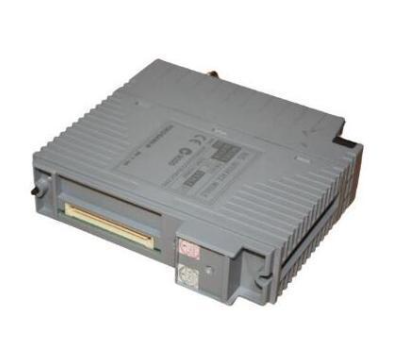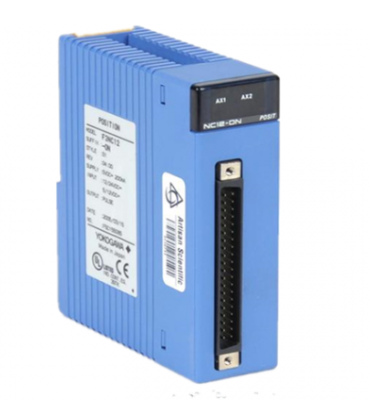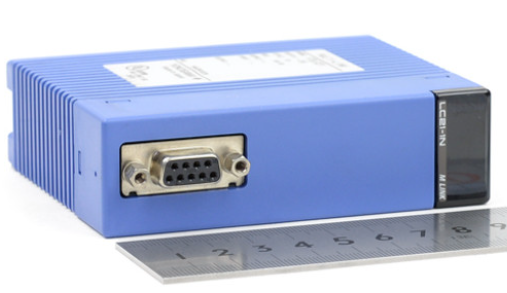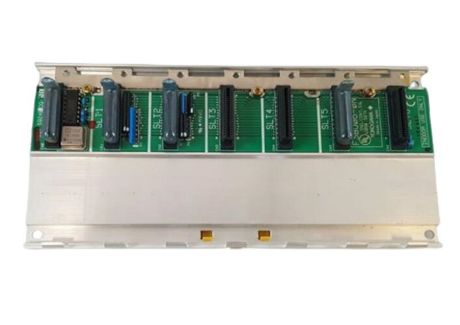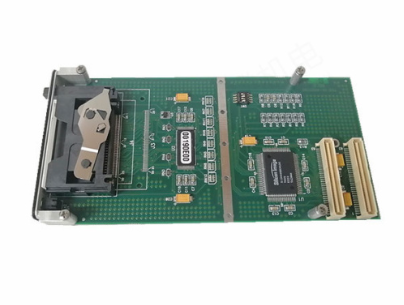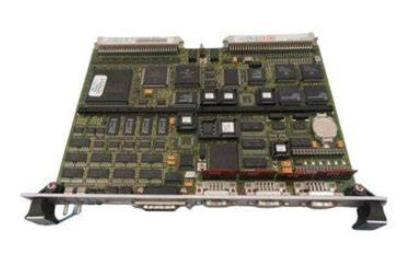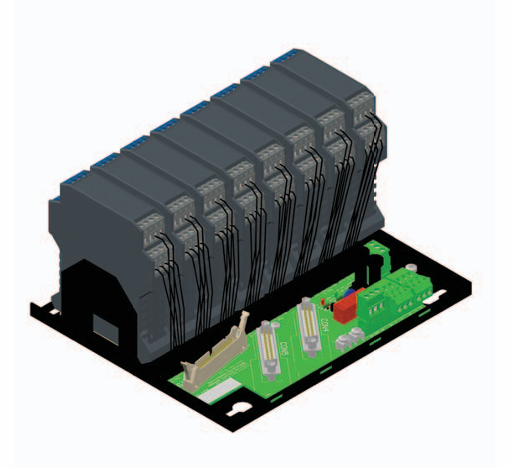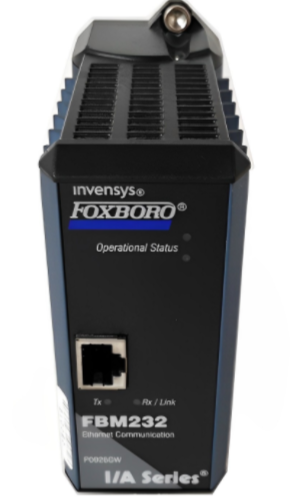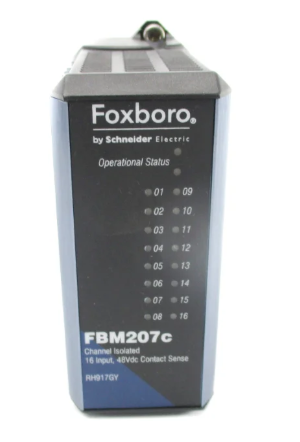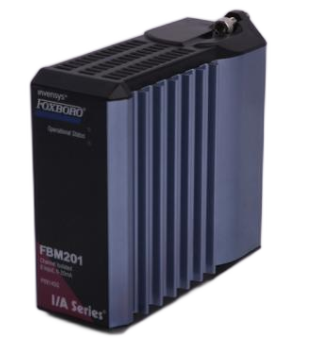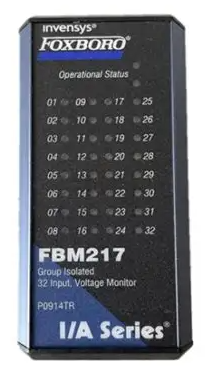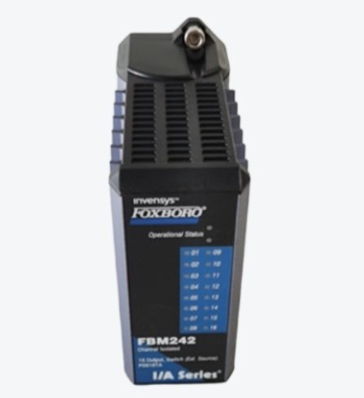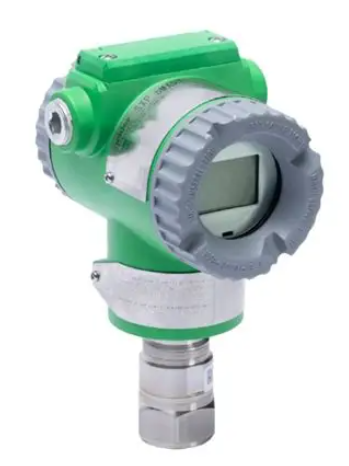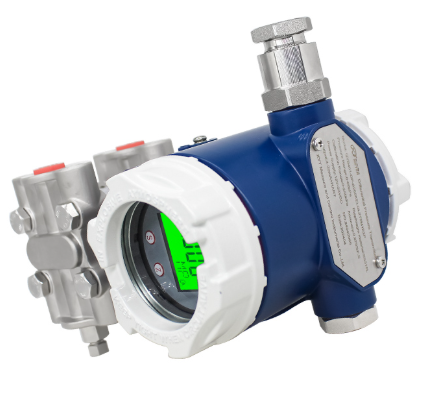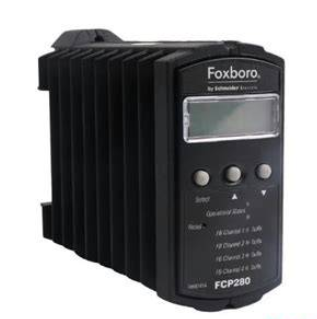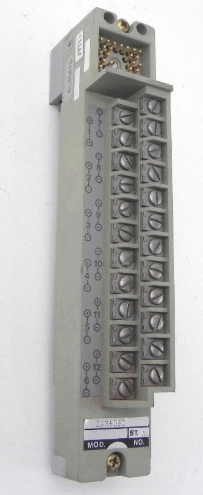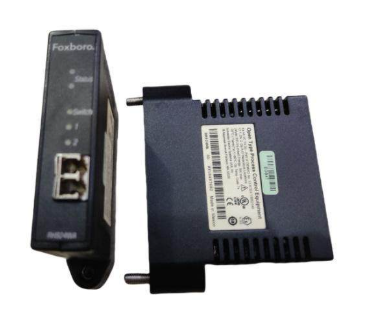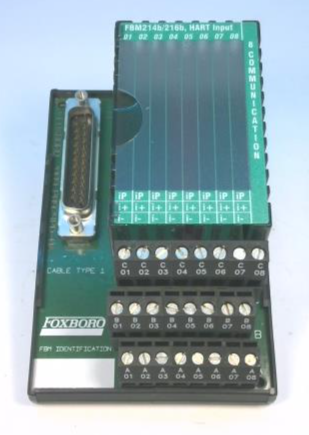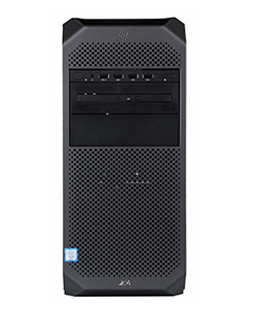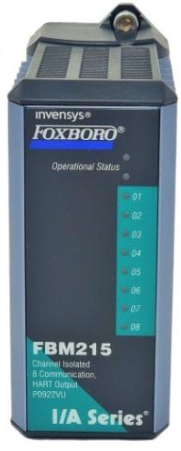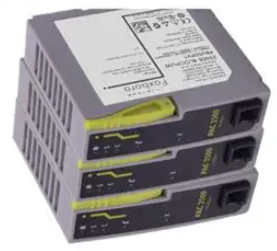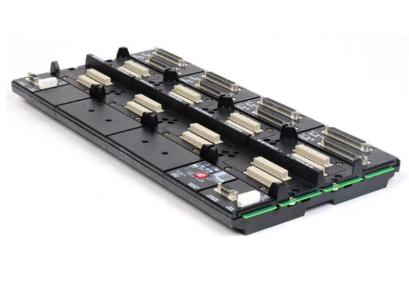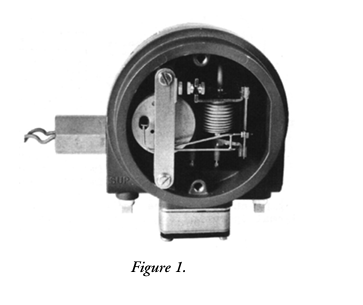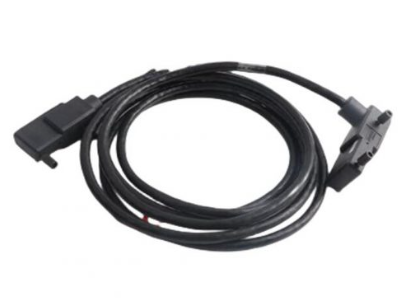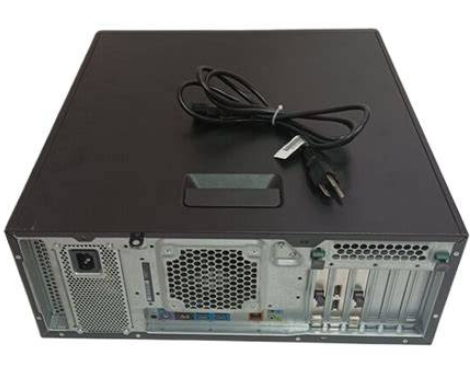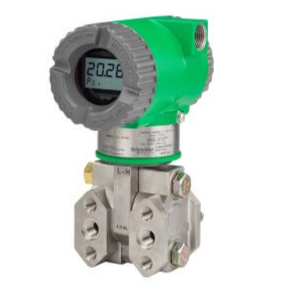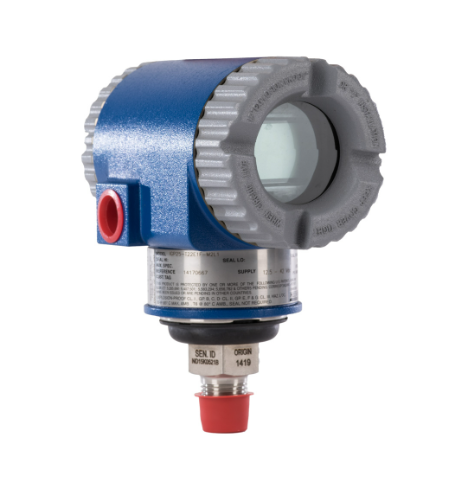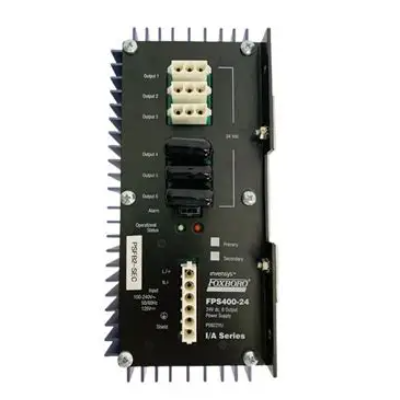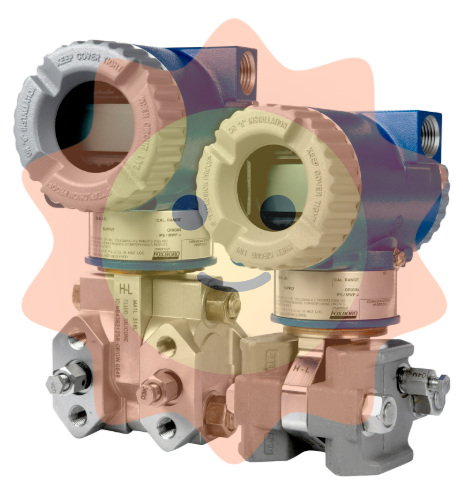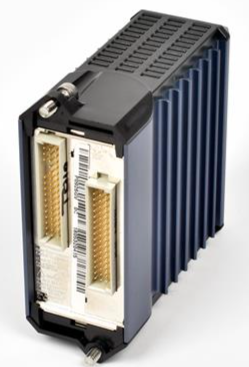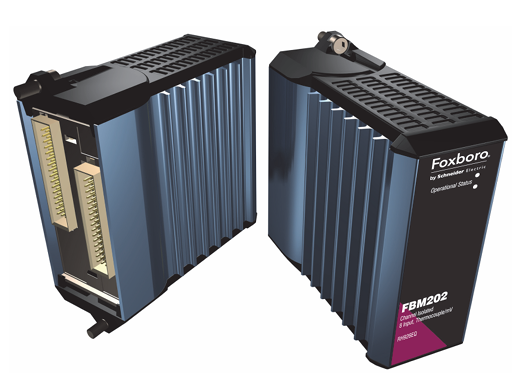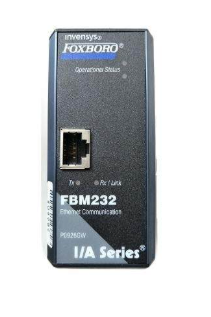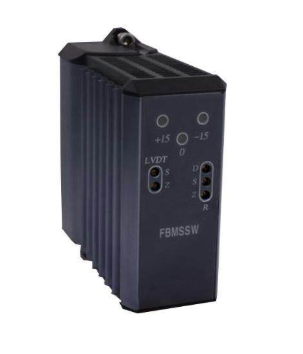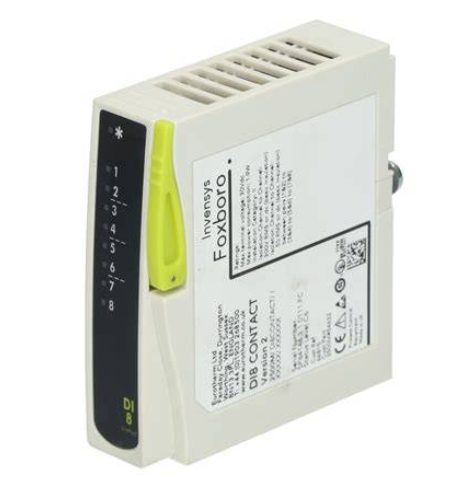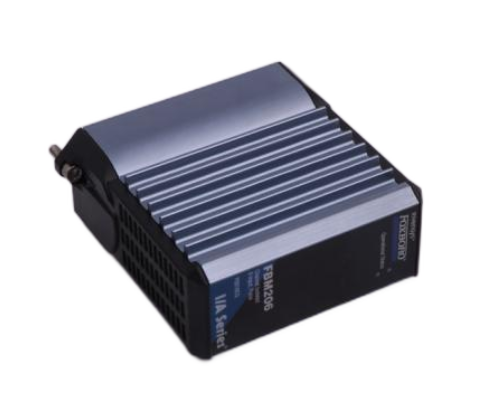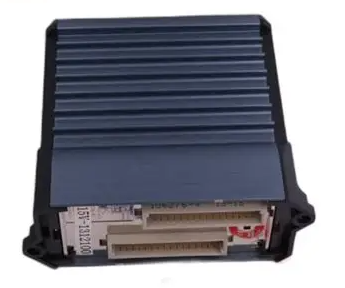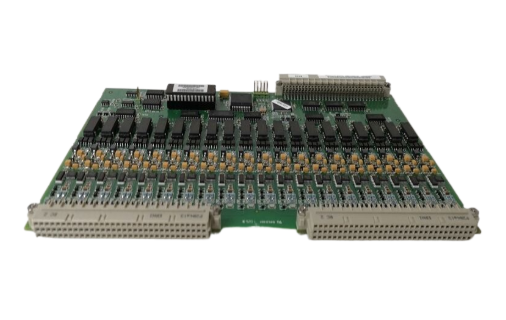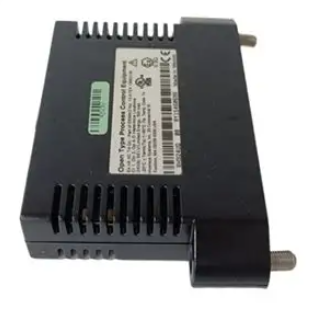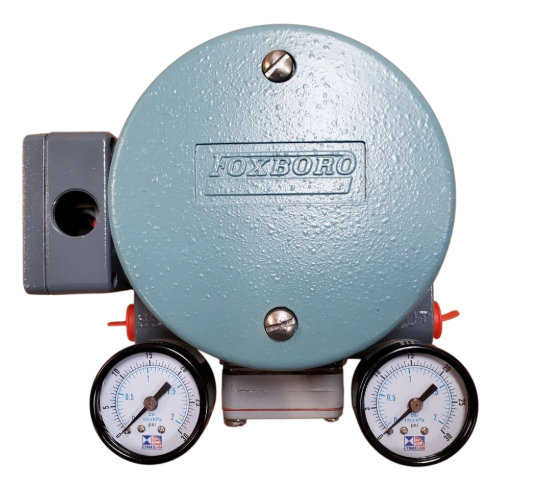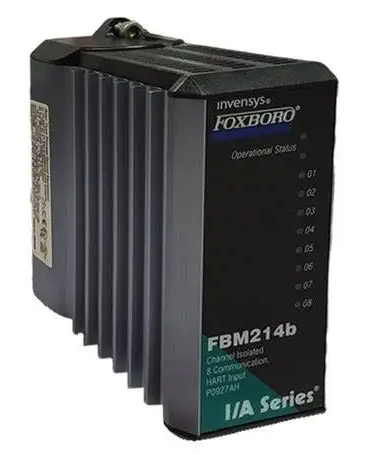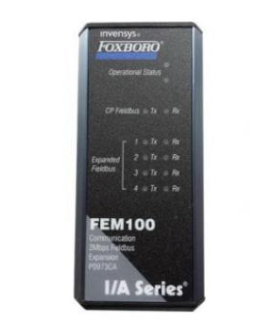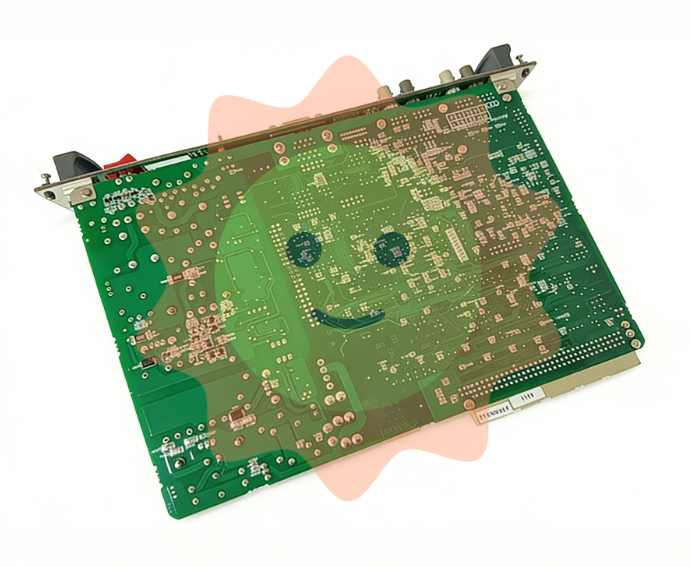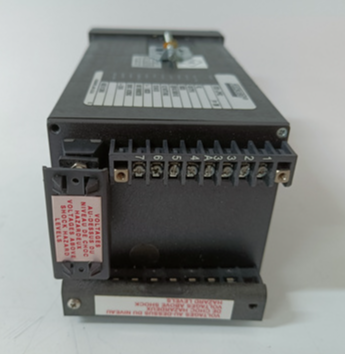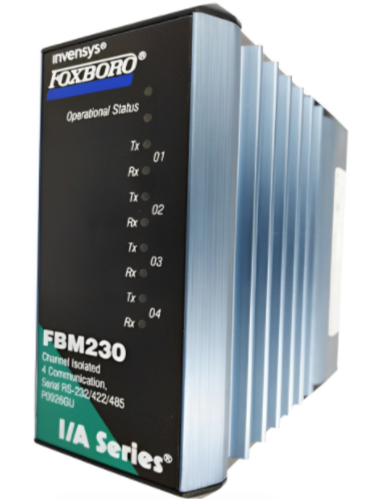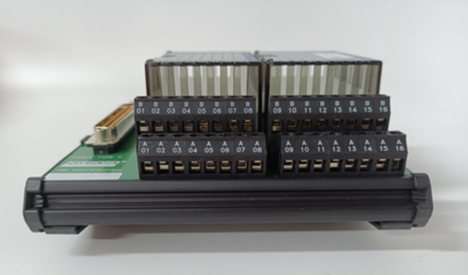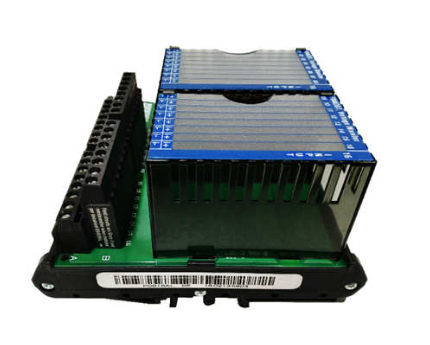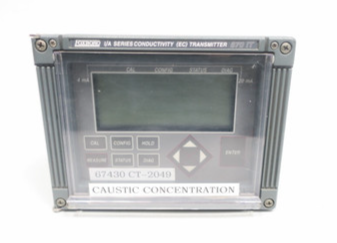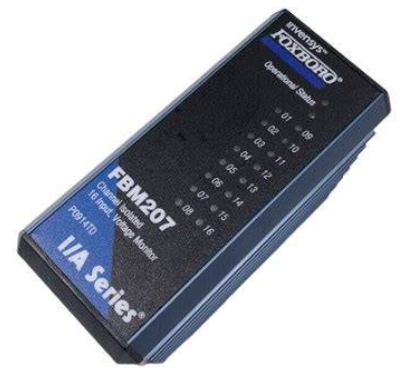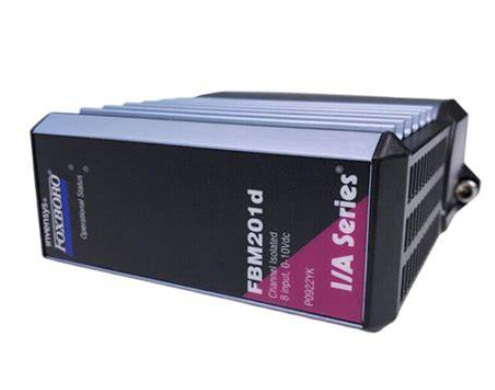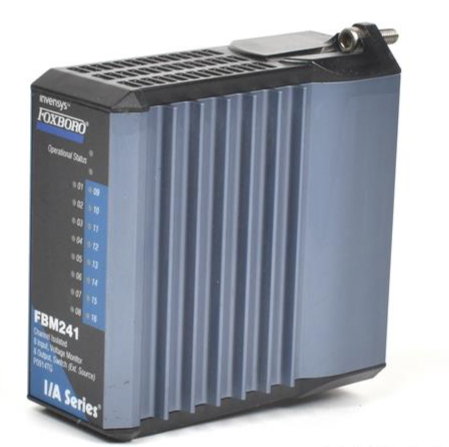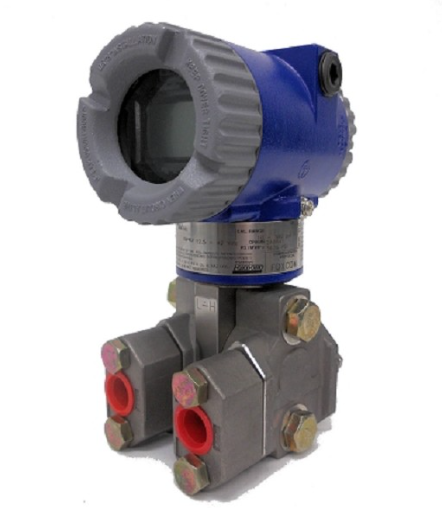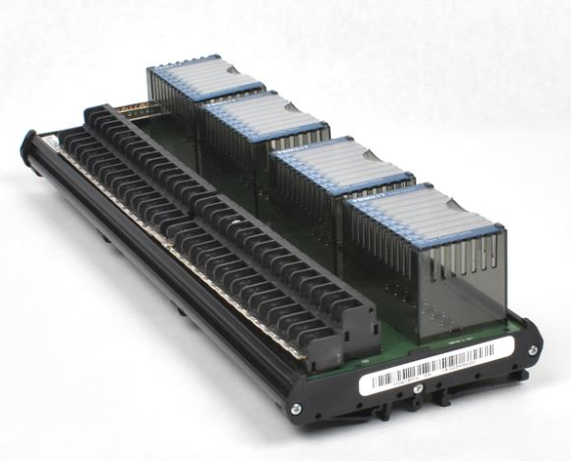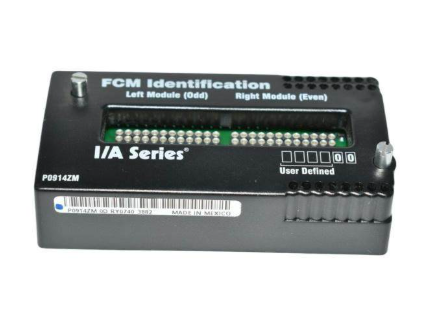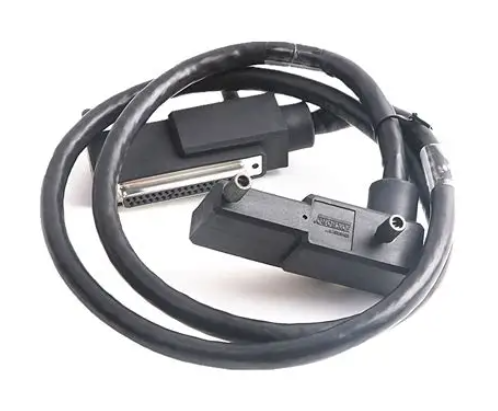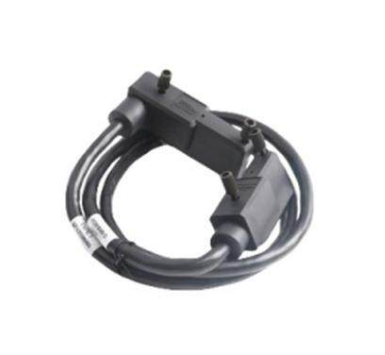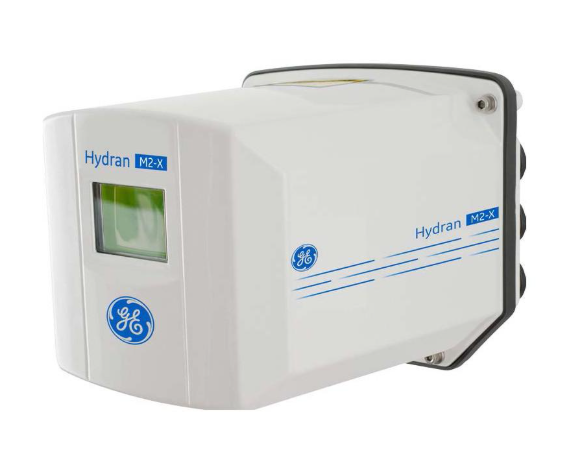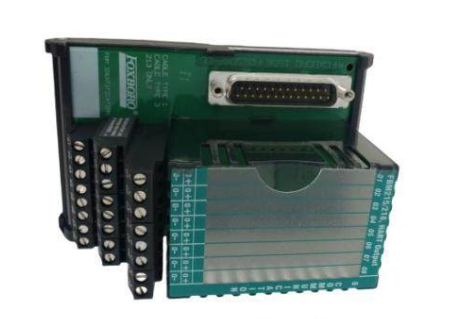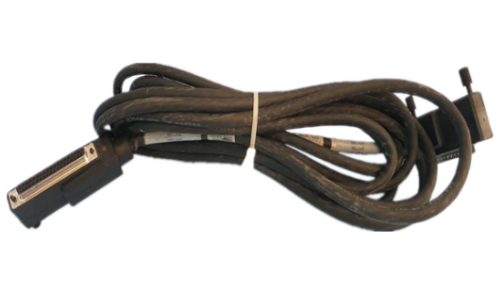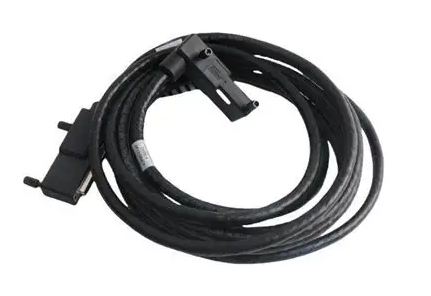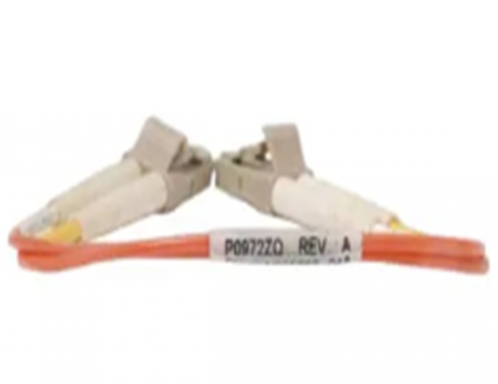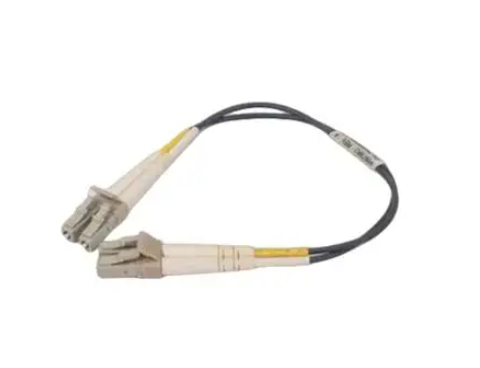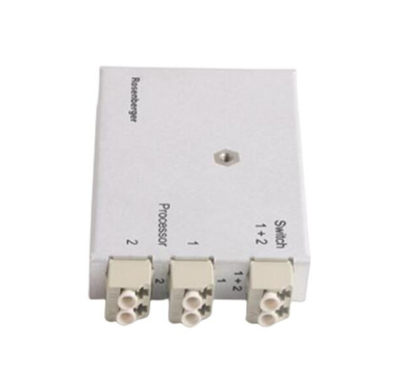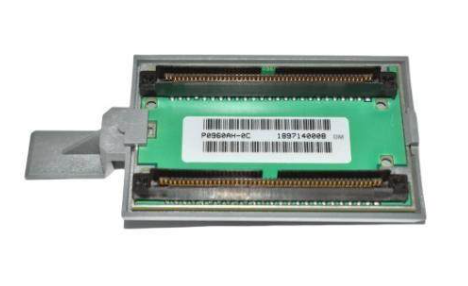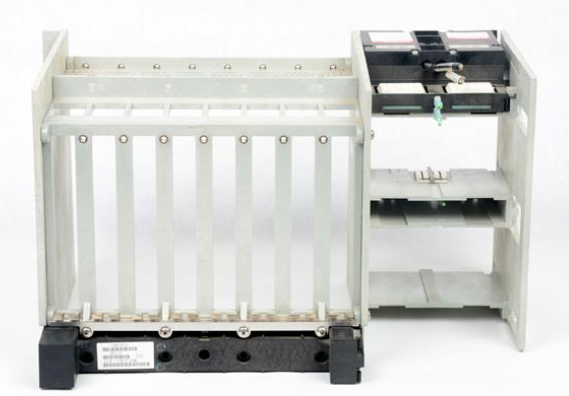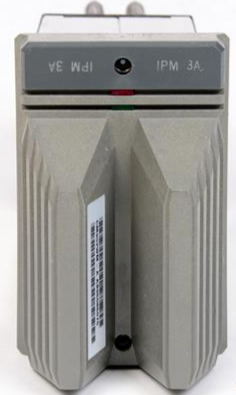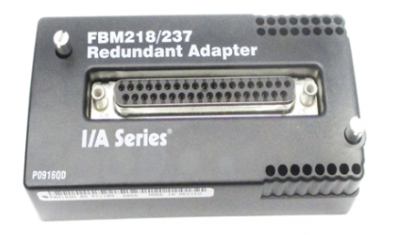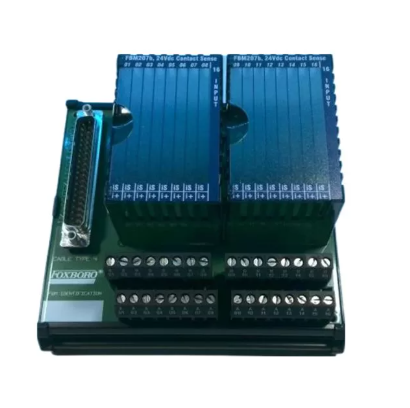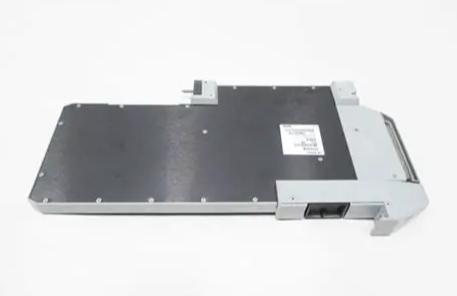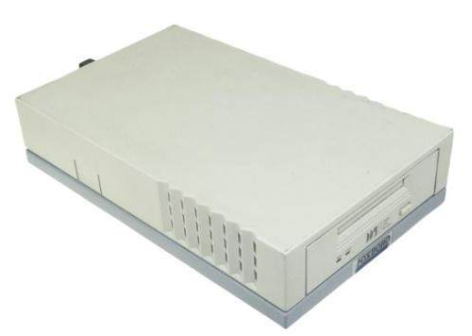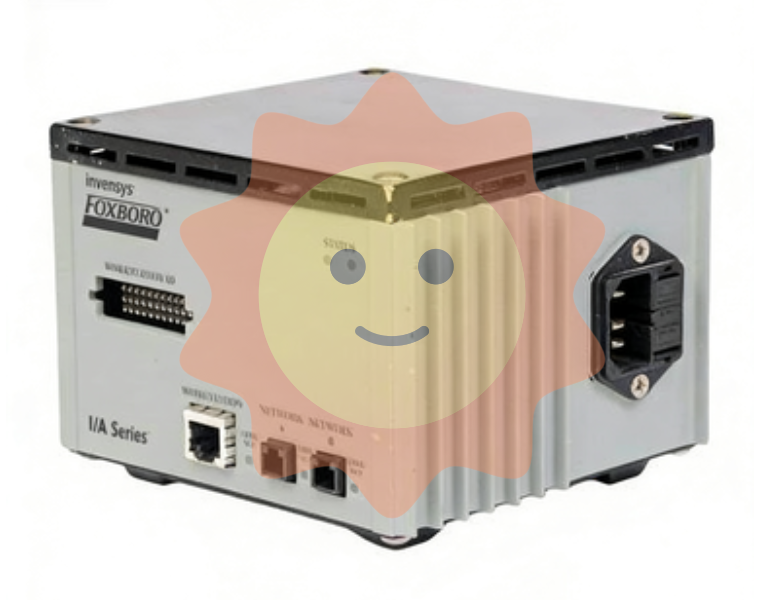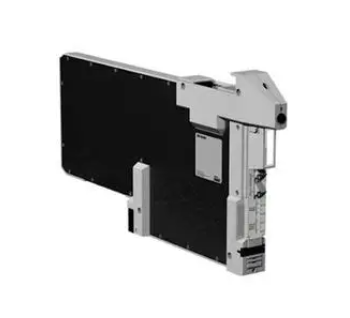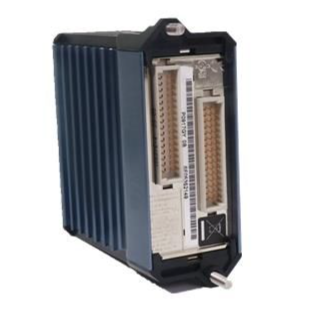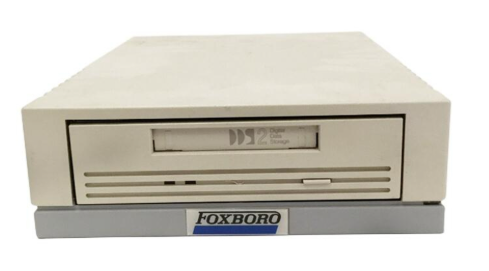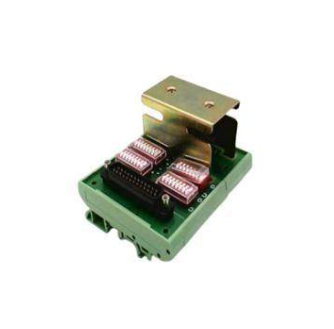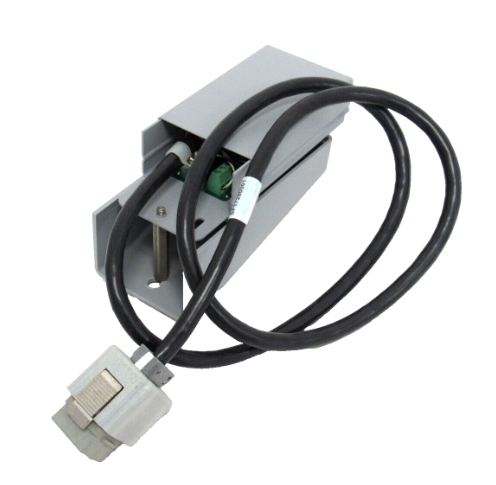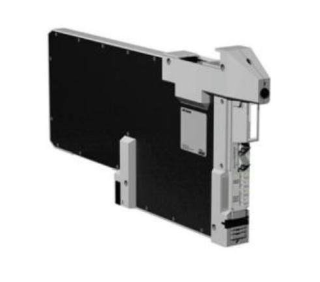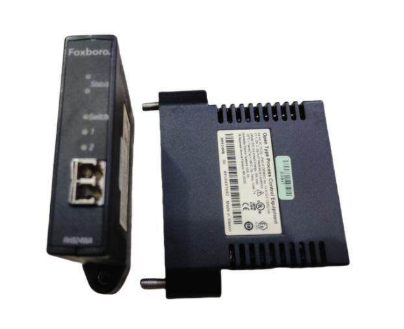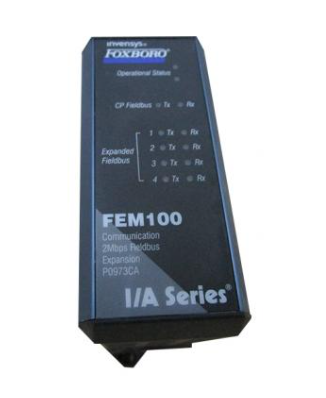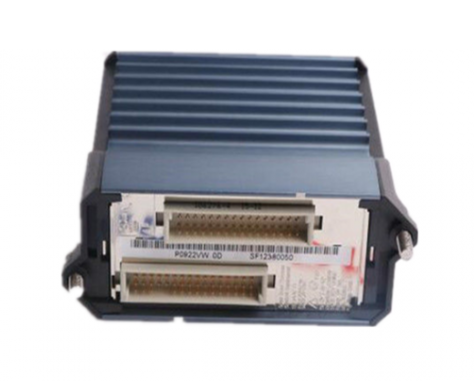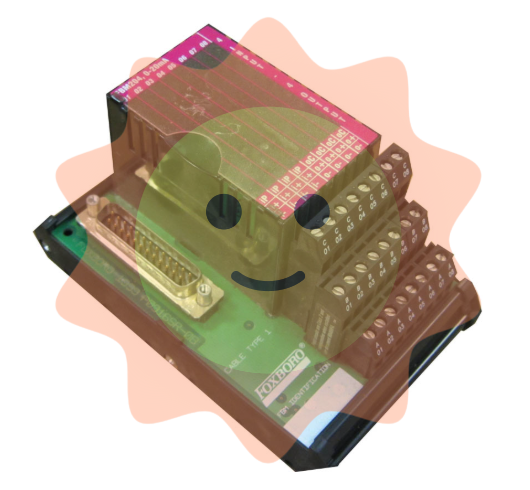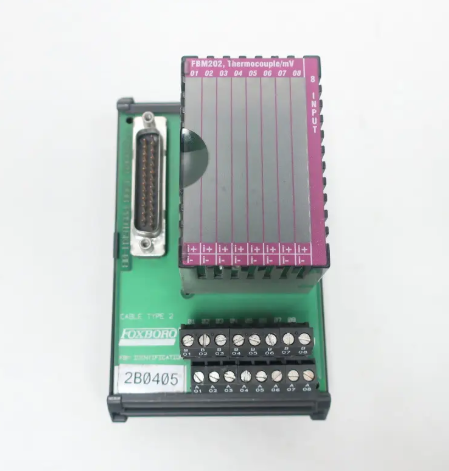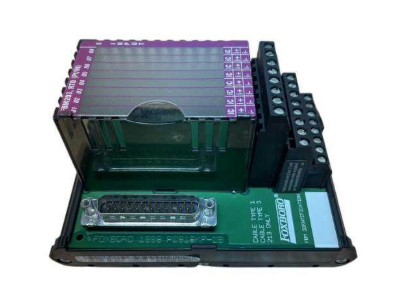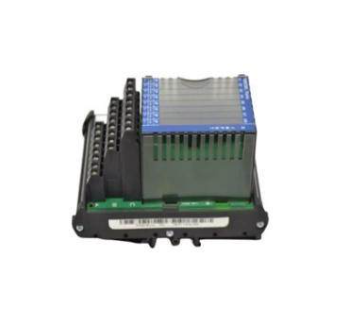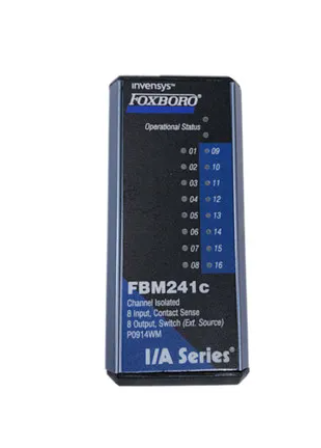ABB V-Contact VSC Medium voltage vacuum contactors
The medium voltage V-Contact VSC contactors are apparatus suitable for operating in alternating current and are normally used to control users requiring a high number of hourly operations.
The V-Contact VSC contactor introduces the drive with permanent magnets, already widely used,experimented and appreciated in medium voltage circuit-breakers, into the worldwide panorama of medium voltage contactors.
The experience acquired by ABB in the field of medium voltage circuit-breakers fitted with drives with “MABS” permanent magnets, has made it possible to develop an optimised version of the actuator (bistable MAC drive) for medium voltage contactors.
The drive with permanent magnets is activated by means of an electronic multi-voltage feeder. The feeders differ according to the integrated functions and to the auxiliary power supply voltage.


Three bands of power supply are available with which all the voltage values required by the major international Standards can be covered.
Each feeder is able to take any voltage value within its own operating band.
All the contactors mentioned above are available,on request, in one of the two following versions.
SCO(Single Command Operated): closing takes place by supplying auxiliary power to the special input of the multi-voltage feeder. On the other hand, opening takes place when the auxiliary power is either voluntarily cut off (by means of a command) or involuntarily (for lack of auxiliary
power in the installation).
DCO (Double Command Operated): closing takes place by supplying the input of the closing command of the apparatus in an impulsive way.
On the other hand, opening takes place when the input of the opening command of the contactor is supplied in an impulsive way.

Fields of application
The V-Contact VSC contactors are suitable for controlling electrical apparatus in industry, in the service sector, in the marine sector, etc.
Thanks to the breaking technique with vacuum interrupters, they can operate in particularly difficult environments.
They are suitable for control and protection of motors, transformers, power factor correction banks, switching systems, etc. Fitted with suitable fuses, they can be used in circuits with fault levels up to 1000 MVA (VSC7 - VSC12)
Compliance with Standards
V-Contact VSC contactors comply with the Stand ards of the major industrialised countries and in particular with the EC 60470 (2000) Standards.
Approvals
Approval by the DNV, RINA and LL.RR shipping registers is foreseen.
Operating characteristics
• Ambient temperature: – 5 °C ... + 40 °C
• Relative humidity: < 95 % (without condensa tion)
• Altitude: < 1000 m s.l.m.
Main technical characteristics
• Chopping current value ≤ 0.5 A
• Maintenance-free
• Suitable for installation in prefabricated substations and switchgear both of the card (slim line) and traditional type
• High number of operations
• Direct checking of contact wear
• Long electrical and mechanical life
• Remote control
• Multi-voltage feeder
• Bistable drive of the type with permanent magnets
• Behaviour on power cut adjustable by the customer (instantaneous or delayed opening) in the SCO versions and, should the undervolt age accessory be required, DCO.
Interruption principle
IThe main contacts operate inside the vacuum interrupters (the level of vacuum is extremely high: 13 x 10-5Pa).
On opening, there is rapid separation of the fixed and moving contacts in each contactor interrupter.
Overheating of the contacts, gener ated at the moment they separate,causes formation of metallic vapours which allow the electric arc to be sustained up to the first passage through zero current.
On passage of zero current, cooling of the metallic vapours allows recovery of high dielectric resist ance able to withstand high values of the return voltage.
For motor switching, the value of the chopped current is less than 0.5 A with extremely limited overvoltages.
“MAC” magnetic drive
ABB has implemented this technology in the field of contactors on the basis of experience gained in the field of circuit-breakers with magnetic drive.
The magnetic drive adapts perfectly to this type of apparatus thanks to its precise and linear travel.
The drive, which is of bistable type, is fitted with an opening and a closing coil.
The two coils - individually energised - allow the drive mobile armature to be moved from one of the two stable positions to the other.
The drive shaft is solid with the mobile armature and held in position in a field generated by two permanent magnets (fig. A).
Energising the coil opposite to the magnetic latching position (fig. A) of the core, the magnetic field is generated (fig. B), which attracts and moves the mobile armature into the opposite position (fig. C).
Every opening and closing operation creates a magnetic field concordant with the one generated by the permanent magnets, with the advantage of keeping the intensity of the field itself constant during service, regardless of the number of opera tions carried out.
The energy needed for operation is not supplied directly by the auxiliary power supply, but is always “stored” in the capacitor which acts as an energy accumulator, and therefore operation always takes place with constant speeds and times, independ ently of the divergence of the power supply voltage from the rated value.
The auxiliary power supply has the only aim of keeping the capacitor charged.Consumption is therefore minimal.
The power required is less than 5 W. In order to re-instate the rated power value in the capacitor after an opera tion, there is an inrush of 15 W for a duration of a few tens of milliseconds.
For the reasons indicated above, both for the DCO and for the SCO version it is necessary to supply the auxiliary circuits which recharge the capacitor with a continuous auxiliary power supply of 5W (this value can reach 15W for a few milliseconds immediately following each operation).
Careful selection of the components and a precise design make the electronic multi-voltage feeder extremely reliable, unaffected by electromagnetic interference generated by the surrounding environ ment and free of any emissions which may affect other apparatus placed in the vicinity.
These characteristics have made it possible for the V-Contact VSC contactors to pass the electromag netic compatibility tests (EMC) and obtain the CE mark.
Interfacing shafts
These can be used to interface the apparatus with the kinematics of the switchgear to make interlocks and/or signals.
The interfacing shafts are available in two different lengths (A = 22 mm and 70 mm) and can be mounted on one or both sides of the contactor (as indicated in the following table)

Operation counter
Mechanical operation counter for fixed versions, electric operation counter for withdrawable versions.
This is a device which counts the contactor closing cycles 3 Undervoltage function (only available for DCO)
First of its type, the V-Contact VSC contactor is fitted with an undervoltage function with selectable delays of 0; 0,5; 1; 2; 3; 4; 5 s.
This accessory must be specified at the time of order because it cannot be mounted at a later stage.
Extended connections (terminals)
These allow the centre distance between terminals to be taken from 65 mm to 92 mm.
This accessory must be specified at the time of order because it cannot be mounted at a later stage.
Adapter for application of fuses
The kit includes all the accessories needed to adapt and mount three fuses(according to DIN Standards with dimension e less than 442 mm; according to BS Standards with dimension L less than 553 mm).
The kit can be installed directly onto the fuseholder supports.
The fuses must have dimensions and striker of average type according to DIN 43625 and BS 2692 (1975) Standards.
The electrical characteristics must conform to the IEC 282-1 (1974) Standards.
To select the fuses, see “Conditions of use according to the load” - chapter 3.
The adaptation kits are available in the following types:
3A For fuses according to DIN Standards with distance e = 192 mm
3B For fuses according to DIN Standards with distance e = 292 mm
3C For fuses according to BS Standards (2 x 8 x L = 235 mm)
3D For fuses according to BS Standards (4 x 10 x L = 305 mm)
3E For fuses according to BS Standards (4 x 10 x L = 410 mm)
3F For fuses according to BS Standards with distance L = 454 mm.
Connections alternative to the fuses
The kit includes three flat copper busbars and fixing screws to be installed when the fuses are not needed.
The kit can be installed directly onto the fuseholder supports
Position contacts for connected/isolated position in the truck
These signal the position of the truck in the enclosure/PowerCube module.
The kit includes a set of 10 auxiliary contacts.
This accessory must always be requested for contacts to be used in UniGear type ZS1 switchgear if the same application is not already present on the fixed part.
Isolation lock
Isolation lock for UniGear type ZS1 switchgear and PowerCube modules.
It prevents the apparatus from being racked-in if the unit door is open.
This lock only works if the door of the switchgear/enclosure is also fitted with the corresponding lock.
Locking magnet in the truck
This only allows the withdrawable contactor to be racket into/out of the enclo sure with the electromagnet energised and the contactor open
The table below shows the power supply voltages available.
10Lock for different rated currents (only withdrawable versions)
This prevents insertion of the plug-socket and therefore apparatus closing, in a panel provided for a circuit-breaker.
This lock, which is compulsory for UniGear switchgear, requires the same lock provided on the enclosure / switchgear
